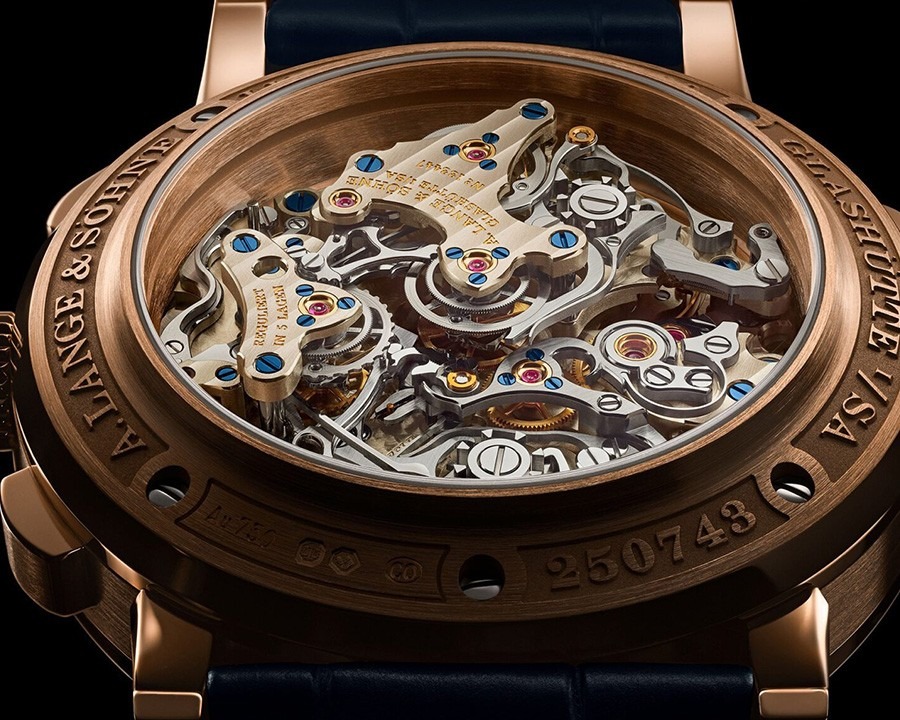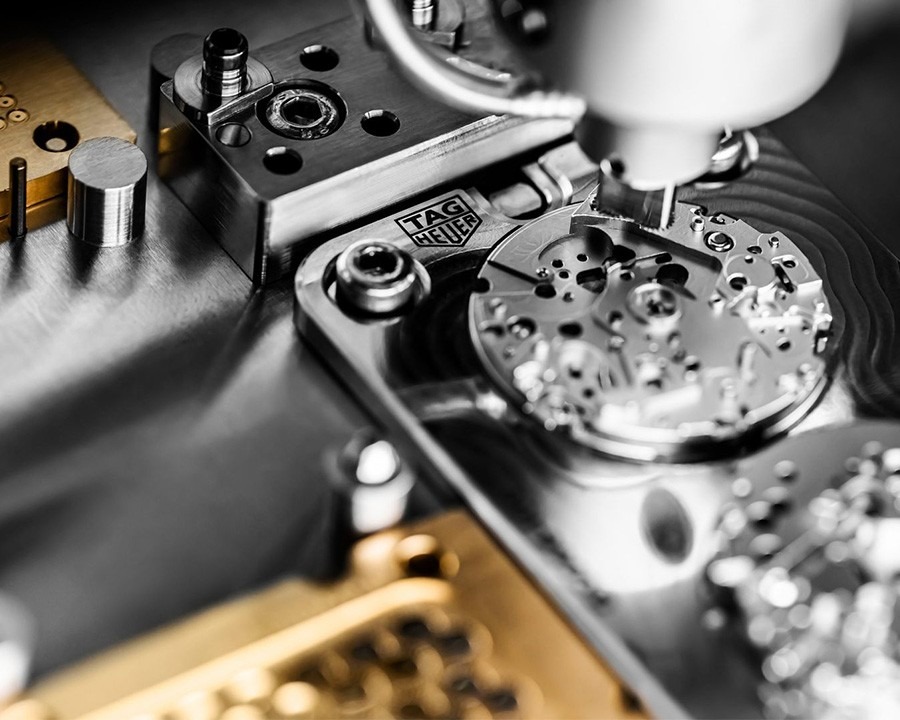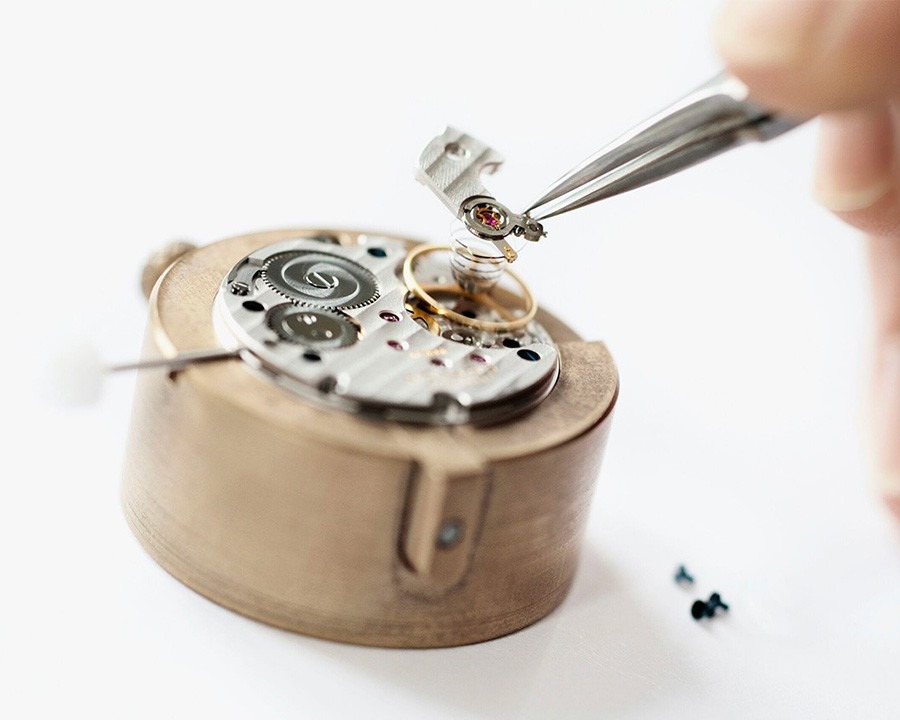Blog Replica Watches
Understanding In-house Movements: Definition and Classification
In the world of luxury watches, especially high-end mechanical timepieces, the movement is one of the most crucial components, determining the performance and quality of the watch. The term “In-house Movement” is a significant concept when evaluating a watch’s value. Let’s explore the definition and types of In-house movements with DWatch.
1. What Is an In-house Movement?
An In-house Movement refers to a watch movement that is entirely designed, developed, manufactured, and assembled by the watch brand itself. This means that every step, from design to production, is carried out internally by the brand, ensuring exclusivity and high-quality control.

In-house Movement means that the movement is created by the watch brand itself, without relying on third-party movement manufacturers.
Example: Seiko is a prominent example of a brand capable of producing 100% In-house movements.
2. Classification of In-house Movements
In-house movements can be classified into several categories based on the level of control and production:
2.1 100% In-house Movements
- Characteristics: All stages of research, design, development, detailed manufacturing, and assembly are carried out entirely in-house by the brand.
- Examples: Seiko is notable for its ability to create 100% In-house movements, including the fabrication of every component. Brands like A. Lange & Söhne, Citizen, Rolex, and Nomos also have high-quality In-house movements.

2.2 In-house Design Movements
- Characteristics: The movement is designed by the watch brand but manufactured by a third party. The brand retains control over the design and features of the movement.
- Advantages: In-house design movements often offer exclusive designs and finishes, making them unique and harder to counterfeit.
- Examples: High-end watches that use in-house design movements include models from Patek Philippe and Audemars Piguet.
2.3 In-house Production Movements
- Characteristics: The movement uses third-party designs but is produced and assembled by the watch brand. Not all components need to be manufactured in-house.
- Advantages: Many luxury brands use in-house production movements, allowing for customization and improvements according to their requirements.
- Examples: Brands like Rolex and Patek Philippe use in-house production movements, where components may be produced by third parties but assembled and finished in-house.
2.4 In-house Assembly Movements
- Characteristics: The movement is only assembled in-house, with components possibly sourced from third parties.
- Advantages: This approach allows for high levels of customization and decoration without investing in component production. The movement can be decorated and finished to enhance its value and exclusivity.
- Examples: Most contemporary In-house movements are of the assembly type, with components supplied externally and fine-tuned within the brand.

Why Are In-house Movements Highly Valued?
For Watch Brands:
- Quality and Exclusivity: In-house movements showcase the brand’s production and design capabilities, enhancing quality and exclusivity.
- Investment and Costs: Producing In-house movements requires substantial investment in research and development, allowing the brand to create unique and high-quality products.
- Control: Brands with In-house movements control quality and production quantities, ensuring high standards and reducing risks from external suppliers.
For Consumers:
- Prestige and Value: Watches with In-house movements often have higher value due to their exclusivity and superior quality.
- Beautiful Design: In-house movements allow for unique and intricate designs, elevating the collectible and status value for the owner.
- Replacement Parts: In-house movements may face challenges with parts replacement, which can limit maintenance options.

In-house movements are a crucial factor in determining the value and quality of a watch, especially in the high-end and luxury segment. While not always necessary, they often signify craftsmanship and prestige in the watchmaking industry.

